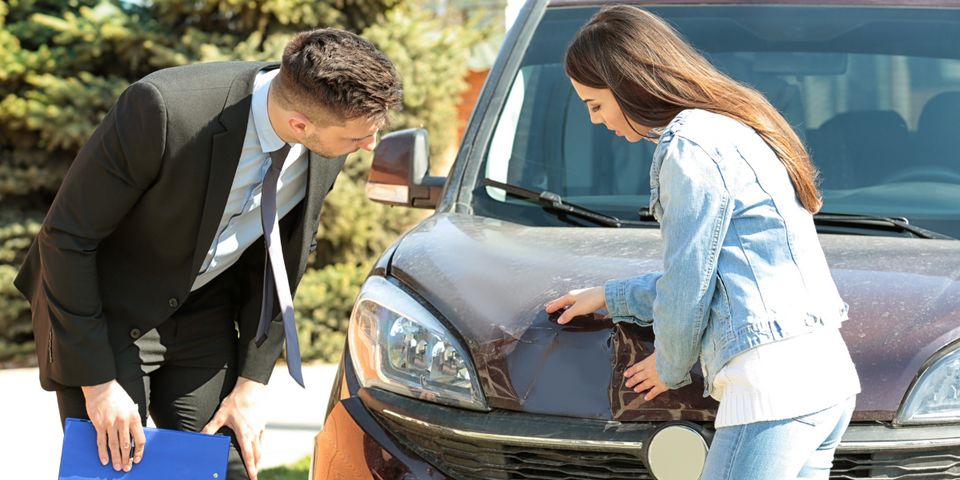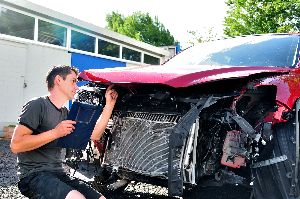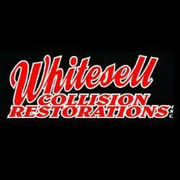
Drivers in Virginia are required to have their vehicles inspected for safety every year to maintain a valid vehicle registration. In addition to the state requirement, though, some insurance companies also require an inspection. For example, insurance carriers sometimes want to inspect used cars before covering them to prevent claims for preexisting damage. It's more common, though, to conduct an inspection after an accident to determine the extent of the damage and how much they will pay for collision repair.
Why Insurance Car Inspections Are Important
With advances in mobile technology, many insurance companies allow policyholders to use their phone cameras to submit images of vehicle damage after an accident as part of the claims process. However, submitting photos has limitations and doesn't always reveal the full extent of the damage.
An in-person visual inspection of collision damage is preferable, as a trained inspector, or adjuster, can identify problems that may not show up in a photo. For example, even a minor collision can cause damage to the frame or suspension that makes the car unsafe to drive without collision repair. An in-person inspection allows for a more accurate assessment of the damage and an estimate of the cost of repairs.
What Happens During an Insurance Inspection

When you make an insurance claim, the inspector comes to your car wherever it's located. Some insurance companies also accept an inspection report submitted by a qualified technician at an auto body shop. During the inspection, the adjuster is not only evaluating the extent of the damage but also confirming that the damage present matches the description of the accident itself. They also determine whether any damage to the vehicle was present before the accident.
Once the inspection is complete, the adjuster either recommends collision repair and makes an estimate of the cost or declares the vehicle a total loss. Typically, if the cost of collision repair exceeds half the vehicle's market value, it's considered totaled.
Insurance Inspections After Collision Repair
Some insurance companies also require an inspection after a vehicle has been repaired to evaluate the quality of the work. These third-party checks ensure that nothing has been missed, and the vehicle is safe to drive. The inspection might include evaluating body work to ensure that panels are aligned, the paint is the correct thickness, and the proper parts have been used in the repair, among other checks. You can also request a post-repair inspection yourself if you suspect that the vehicle wasn't repaired correctly.
Be confident that collision repair is performed correctly the first time by turning to Whitesell Service Inc. The certified technicians at this local auto body shop have served drivers in the Shenandoah Valley of Virginia since 1949, providing high-quality repairs that will return your car to it's original condition. Learn more on their website, and call (540) 943-3361 for an appointment.
About the Business
(68 reviews)
Have a question? Ask the experts!
Send your question

